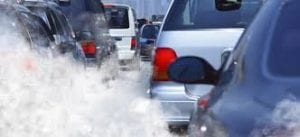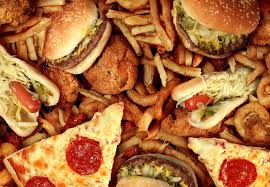Experiment 1 – Air Pollution Catcher
Area: Climate change and plant or animal conservation.
Problem: In this day of age transport and vehicles are a very big part of our lives. When driving to work and school we are always burning gases and coal, which then is polluting our air further. Pollution shoots harmful gases that can affect people in different ways.
Impact: It can aggravate medical patients with asthma and emphysema. Air pollution can result in diseases in your lungs, heart, brain and different organs throughout your body.
Ideas: Yes, we would be interested in making an air pollution catcher to investigate the air pollution in our environment. We have researched about making this device and it seems very simple and easy to make so we would be happy to go through with making it.

Air Pollution: Everything You Need to Know. (2018). NRDC. Retrieved 21 August 2018, from https://www.nrdc.org/stories/air-pollution-everything-you-need-know
Experiment 2 – Energy in foods for weight loss for children
Area: Healthcare
Problem: Today’s brands have come out with very “seem to be healthy” but are really not foods. Lots of parents these days choose the easy option to give their children packaged products of unhealthy foods and on top of that, the children are not aware of to amounts of fat and sugars that are in the foods they are eating.
Impact: These fatty and sugary foods are increasing today’s rates for obesity and over-weight children dramatically. An estimated 28% of today’s children and adolescents are obese or over-weight. These foods can also lead to health risks such as diabetes, gallstones, liver problems, asthma and heart disease.
Ideas: We will measure the sugar in foods is by using a larger and smaller flame each time, which the sugar in foods can be measured in the way by placing the foods on a skewer and then lighting the foods on fire and holding it underneath a testing tube full of water, after the time you chose to place the food on fire underneath the testing tube you then measure the temperature of the water. If the water is hotter then it started the chosen food has sugar in it and depending on how hot it depends on the amount of sugar in the food.

1 Comment